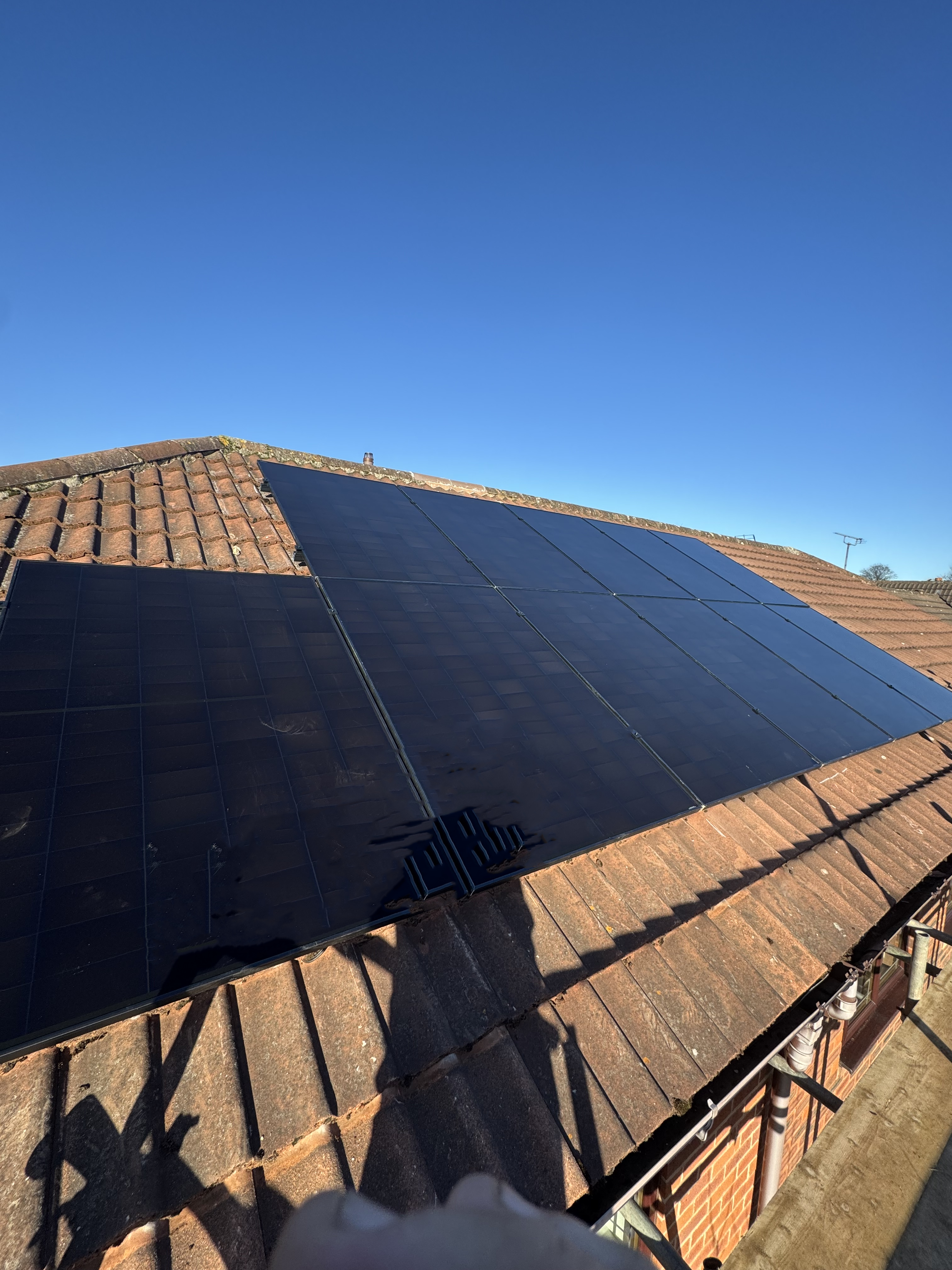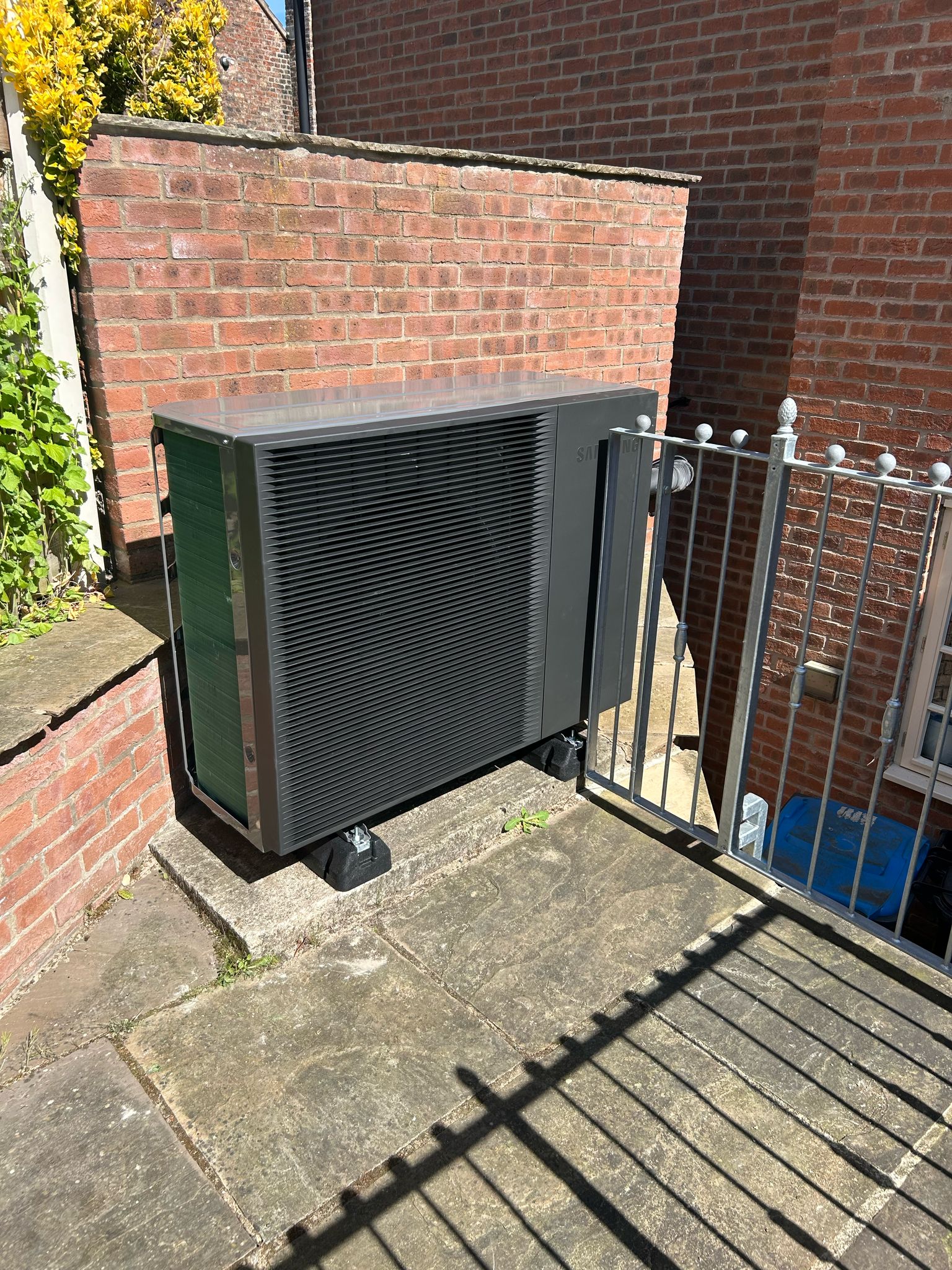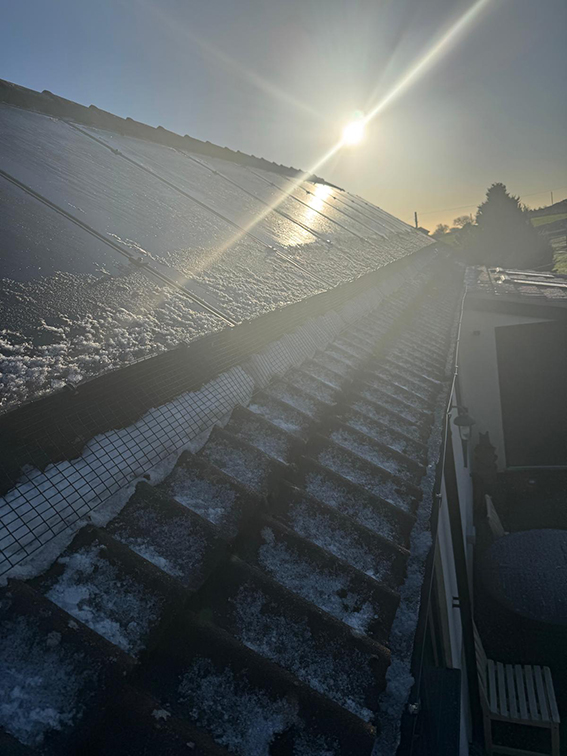
Are Solar Panels Good for the Environment?
While the main reason most people in the UK install a solar energy system is to save money on their energy bills, we also think of them as a greener alternative to the national grid.
But are they? And what does that actually mean?
Well, let’s take a look at whether solar panels better for the environment than traditional, fossil fuel based energy generation.
Spoiler: They are!
What Do We Mean by "Good for the Environment"?
Well, there’s the million-dollar question – what do we actually mean by "Good for the Environment"?
Well, here at UK Energi we are very much of the mind that we shouldn’t let the perfect be the enemy of the good.
What we mean by that is everything has a carbon footprint, all aspects of any products or services will come with their own environmental impact.
But, as consumers and businesses we can try to reduce that impact by moving towards greener energy, travelling with less environment impact and trying to reduce our own, personal consumption.
So, what we are saying here is, having absolutely no environmental impact means sitting still and never leaving your home … which will also have no power, food or appliances.
How Solar Panels Help Reduce Carbon Emissions
This one seems obvious, but it may be a good idea to use a few comparisons on how much solar panels help.
Obviously, there is a carbon cost associated with the manufacture and transport of solar panels, but this section is purely about the emissions once they are in use – don’t worry we’re not avoiding the other stuff, that’s coming next.
So, solar panel emit exactly zero carbon when they are producing energy – and they are not alone in that fact.
Neither do wind turbines, hydroelectric dams or nuclear power stations.
None of these things emit carbon because they are not burning fossil fuels.
Fossil fuels are mis-named really, as we associate ‘fossils’ with long dead animals while fossil fuels – gas, coal, oil – are the result of plant matter being buried under intense pressure for millions of years.
This is important in understanding fossil fuels, as we all know burning actual trees emits the carbon trapped in them – the same happens when we burn fossil fuels.
So, in conclusion, solar panels don’t emit carbon.
The Materials and Energy It Takes to Make Solar Panels
Which brings us to the real question of how much carbon a solar panel emits when it’s being manufactured and transported.
In all honestly, it’s impossible to break down the individual parts and their carbon footprint, but we can give an overall idea and break down what is involved.
The parts of a panel are - frame, usually sheet steel, glass cover and cells.
The case can be of any metal that doesn’t corrode, aluminium or steel, and we know that will create a certain amount of pollution. The same applies to the glass cover.
We can look at the solar cells though.
These are made using silicon, which is the world’s most abundant element found in soil, sand and almost everything else. The problem is extracting it.
Silicon manufacturing averages 6.0 kg CO2e/kg per kg of silicon metal produced.
If we say 11g of silicon is needed in each panel, and the panels themselves have 52 cells in them, that’s 594g of silicon for each panel – so, around 3 kg of CO2e/kg per panel.
This figure takes in the entire process, from mining raw materials to the final silicon metal product.
Then there is fabrication and transport costs – which brings us to the magic number – 50g of carbon per kW per panel.
Sounds a lot until you compare it traditional energy generation methods:
- Gas comes in at 53 kg per MMBtu (Million British Thermal units) – which will heat one pound of water up by one degree – so you’re going to need a few of them for a bath!
- Oll is 72kg per MMBtu
- Coal is 90 per MMBtu
Even at 50kg per kW, solar is a long way behind those methods … and, after 3 years, your panels are totally carbon neutral.
Do Solar Panels Create Waste or Pollution?
While a solar panel is in use, it will create zero waste or pollution.
Solar panels are completely passive, so they have no moving parts, and they don’t need any energy.
Panels have a life span of 25 – 30 years as part of a solar system but will continue to generate electricity for decades after that.
That sounds like we’re just putting the problems of recycling and waste too one side, but we can promise you that is not the case.
Technology moves on, so panels from 20 years ago are already getting replaced by much more efficient, high yield ones in 2025.
So, what happens to the old ones? Simple answer, they’re recycled.
There is no part of a solar panel that can not be recycled. Glass is recyclable, metal is recyclable, silicon is recyclable … even the little extras like precious metals and cables.
The problem we have in 2025 is there are very few businesses doing that – but the sector is expanding along with the solar industry.
As they say in the north – ‘Where there’s muck there’s brass!’
That means … if you can make money from recycling other people waste or rubbish, then someone will come along and make money out of it.
Are Solar Panels Really Sustainable Long Term?
We would say they certainly are – both to the consumer and to our green energy future.
As we mentioned previously, silicon is the world’s most abundant element, and it’s also very recyclable, so we’ll have no problem producing solar cells in the future.
Solar technology is also improving year on year, with panels generating more and more electricity per square inch.
We are averaging around 22% efficiency per panel at the moment, an increase of around 100% in the last decade.
Now, we are never going to reach 100%, as the materials and elements just can’t reach that level, but we are improving a little more each year so the techies in the industry reckon we can get to 50%.
That’s over twice as much energy per panel in the future –that’s definitely a sustainable source of electricity.
The Role of Solar in Fighting Climate Change
We are never going to claim that solar energy is THE answer to renewable energy generation, or that solar will single-handedly reverse climate change, but any renewable energy source is helping in the fight against climate change.
We can debate the reason for the world warming up, but warming up it certainly is, and reducing pollution of any kind is going to be a good idea for a myriad of reason.As well as reducing pollution, solar energy gives individuals and countries a little energy independence.
So when global pressures increase and decrease the price of fossil fuels, we can still make sustainable, cheap energy.
The Bigger Picture: Solar Panels and the Energy Grid
The UK is adding more solar into its energy mix every year, especially now renewables have become more of a focus.
Solar isn’t the most popular renewable energy source as it can take up a lot of room and some people don’t like the look of panels.
However, with countries like France passing laws that require car parks to put solar on their roofs, and experimenting with Agrivoltaics, there are compromises coming that may open up the solar sector a little bit more.
Also, the UK grid takes in a fair amount of its power from domestic installations too, which they pay you for, so that adds more green energy into the mix.
Add into that wind, hydro and, controversially, nuclear and we’ll soon have the cleanest power since the beginning of the industrial revolution.
So, Are Solar Panels a Good Choice for the Environment?
Yes, yes they are.
No matter how you look at it clean energy, recyclable materials and low carbon manufacturer make solar panels, and solar energy, a great choice for the environment.


